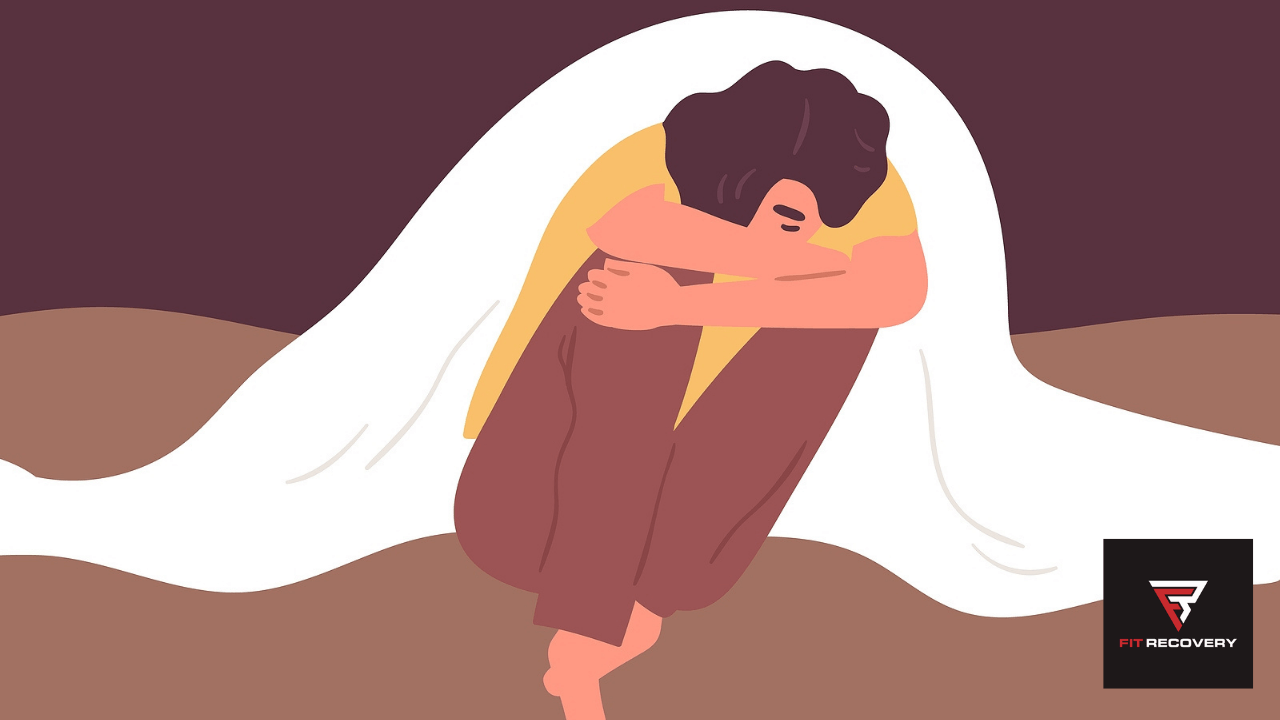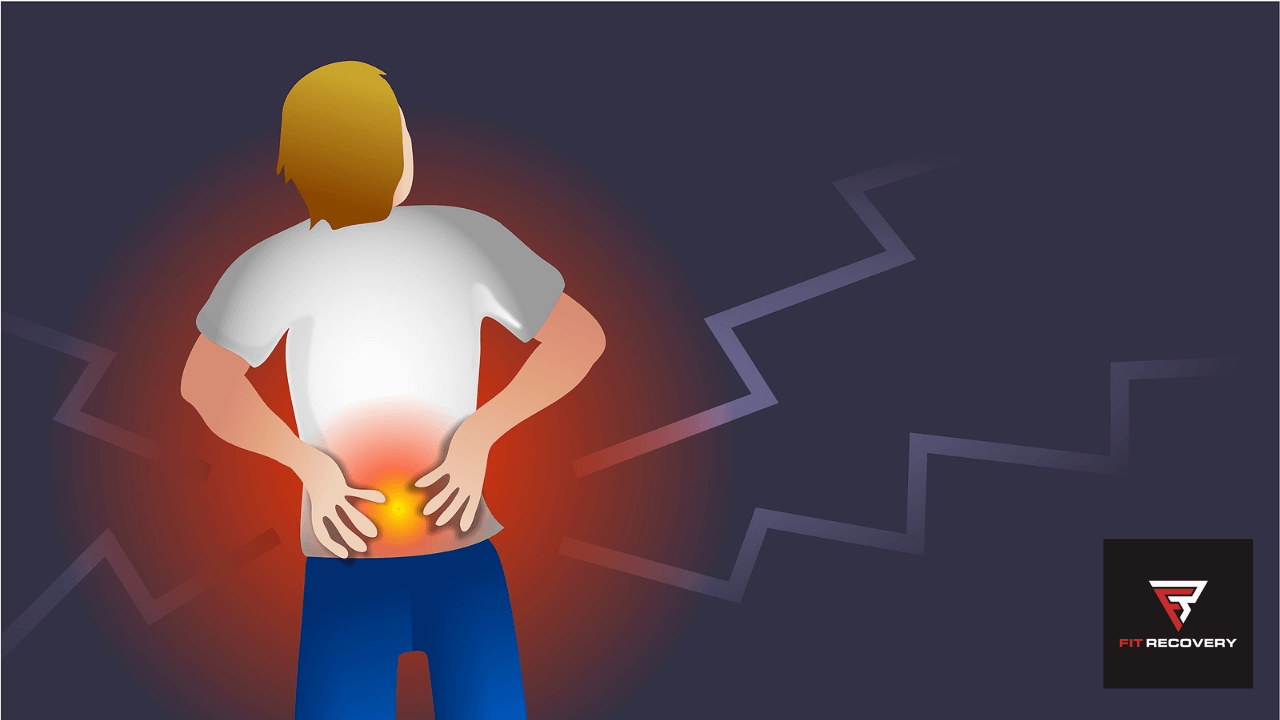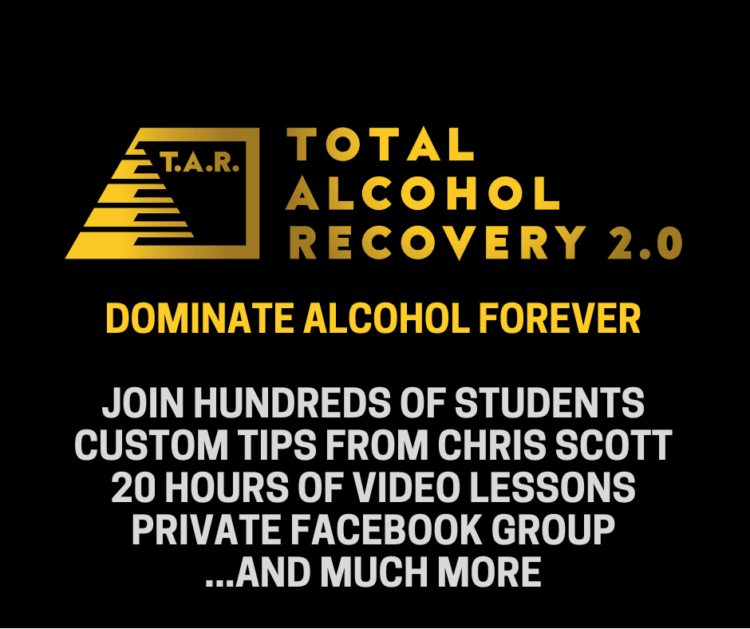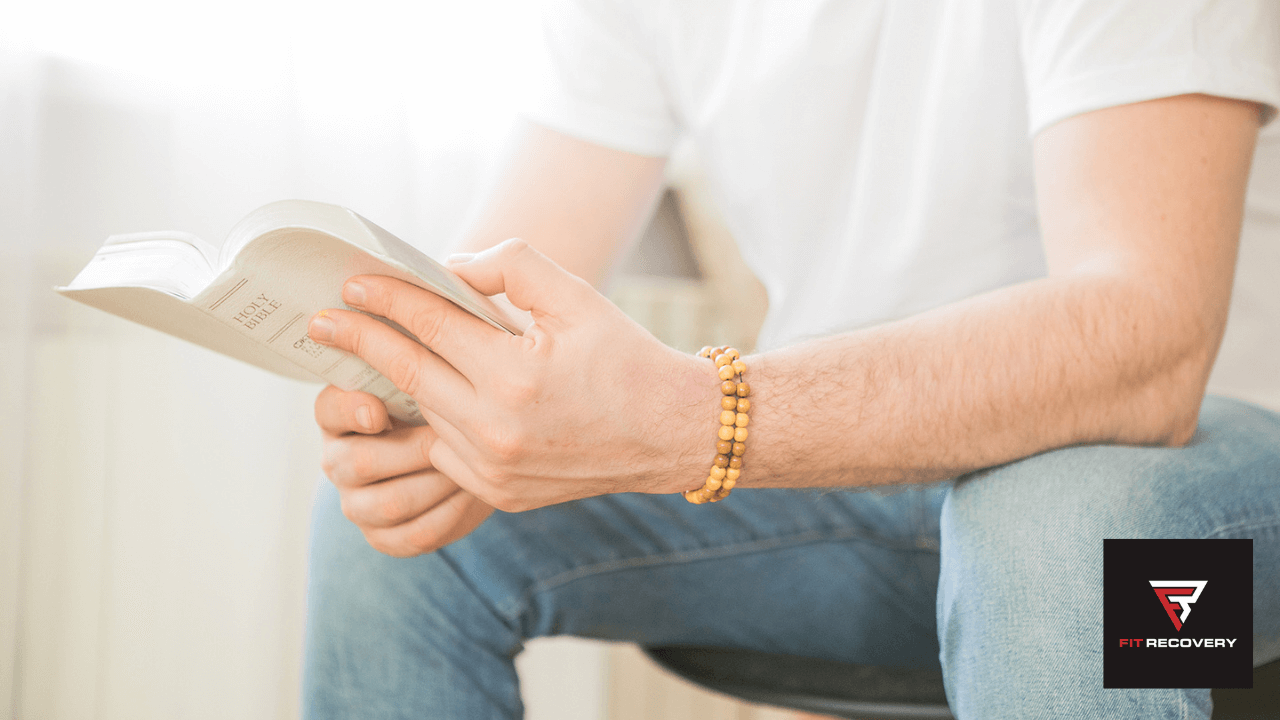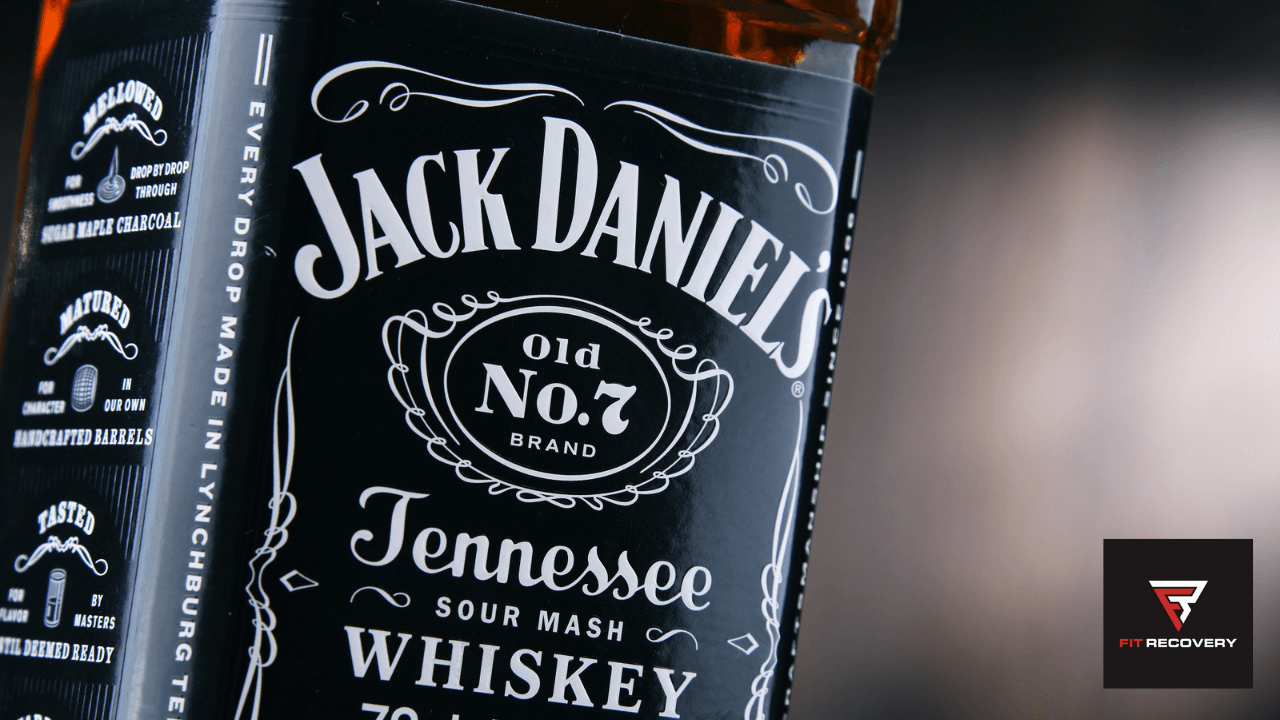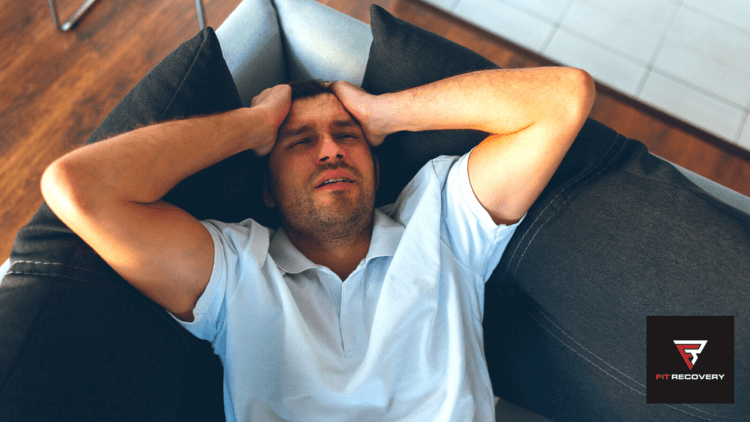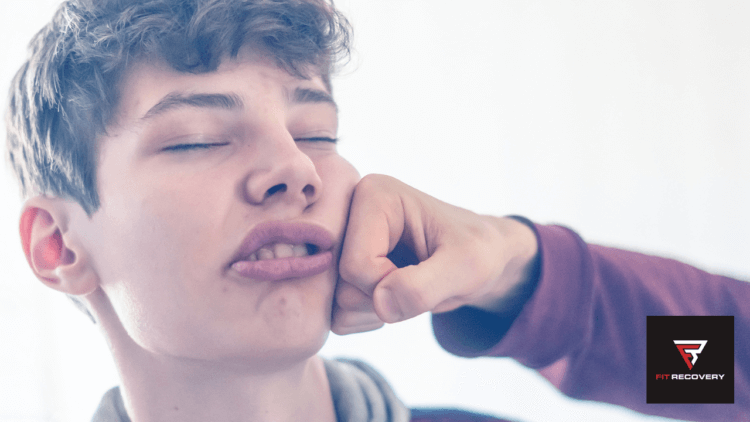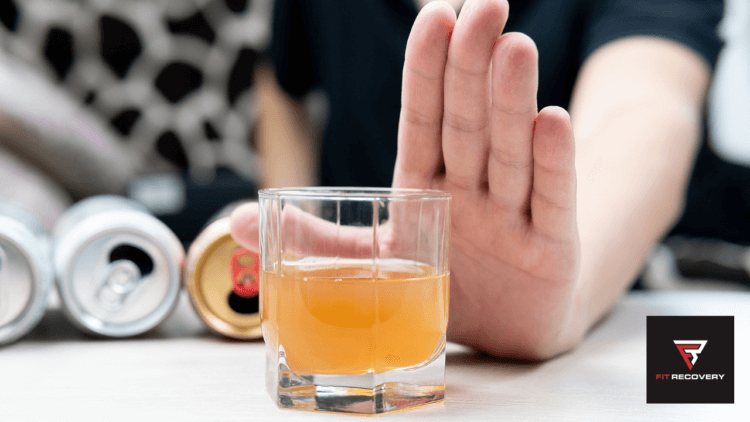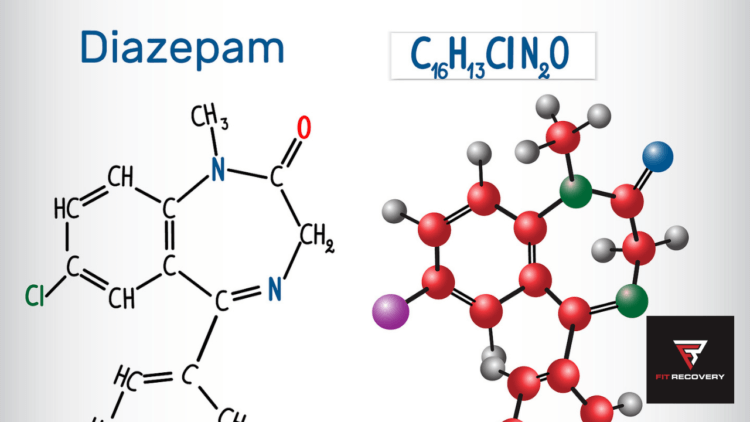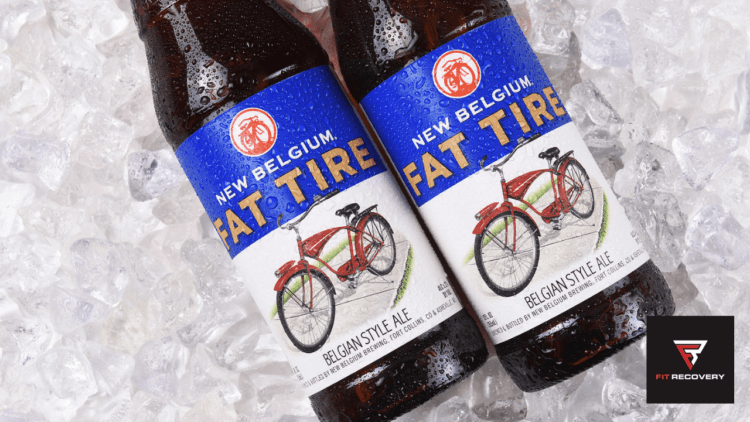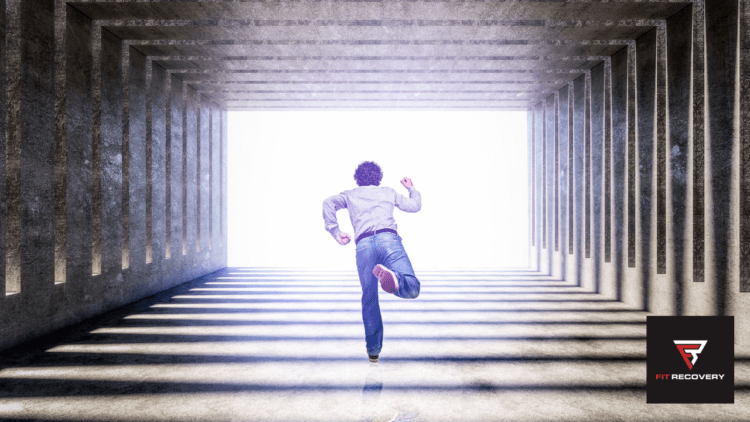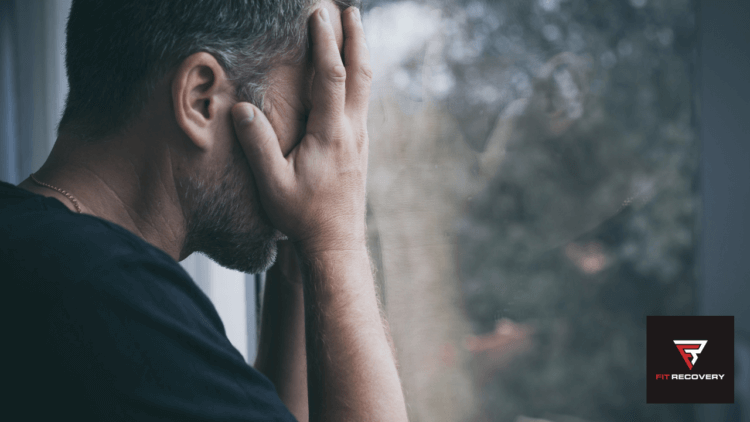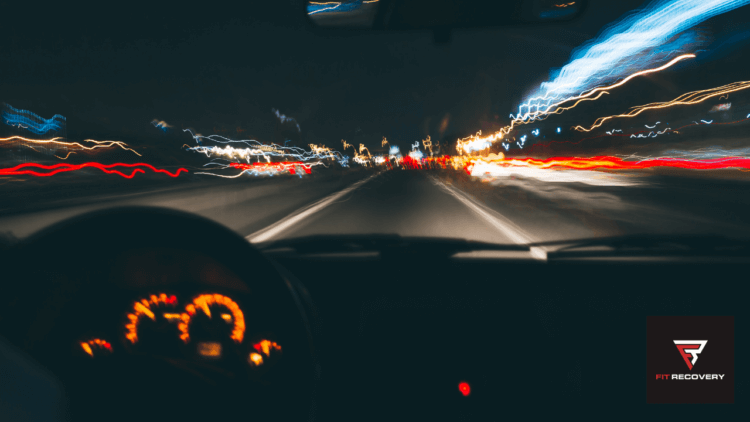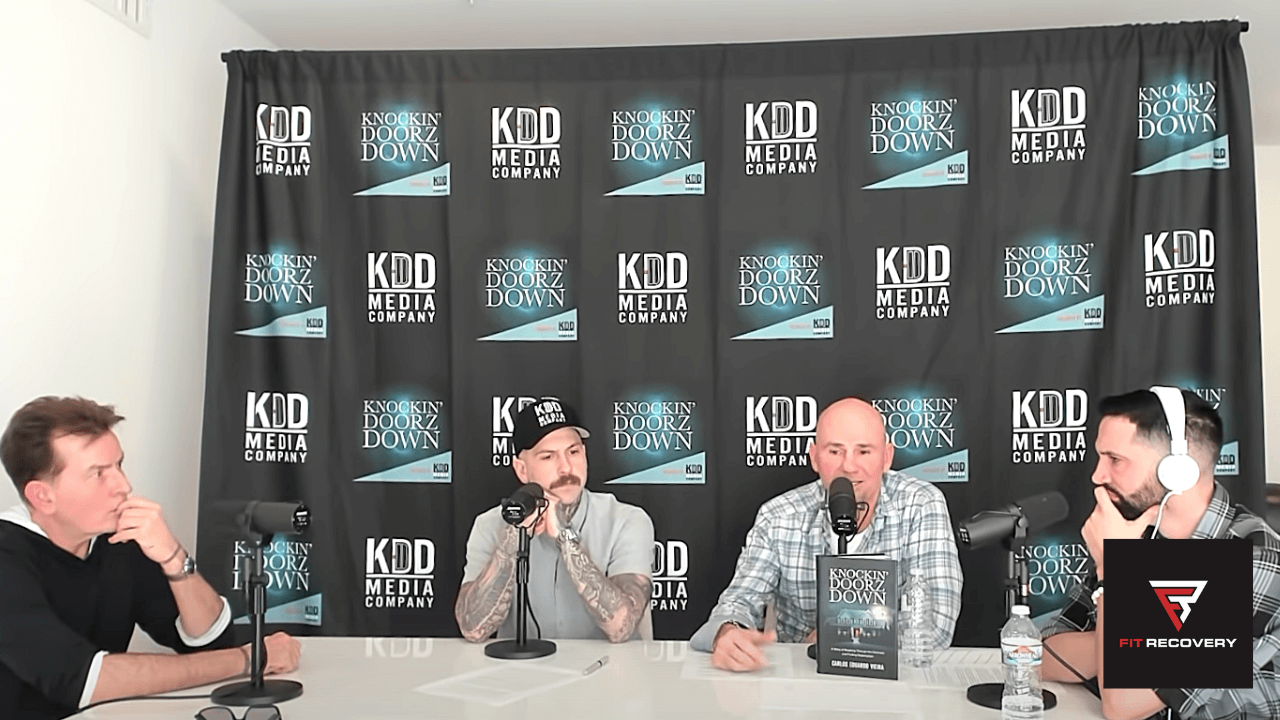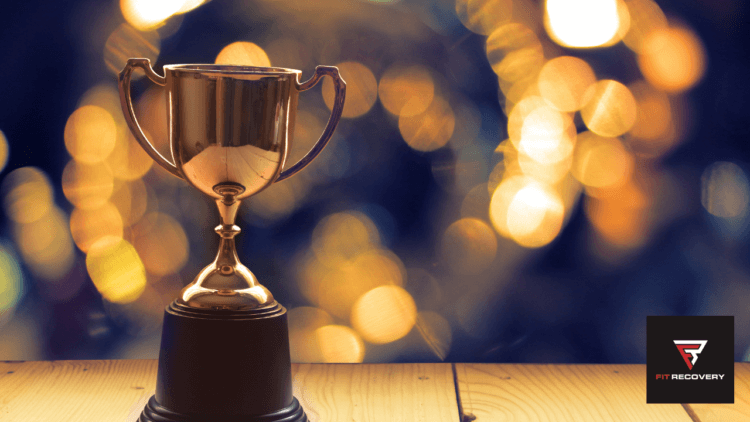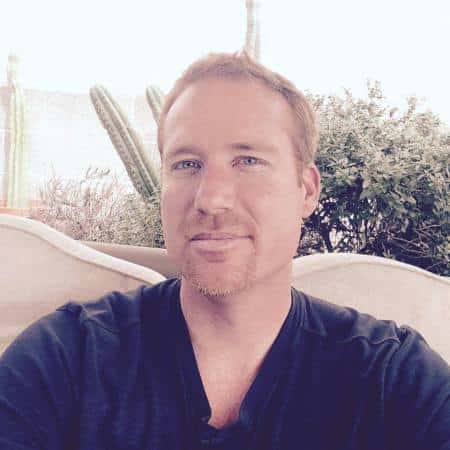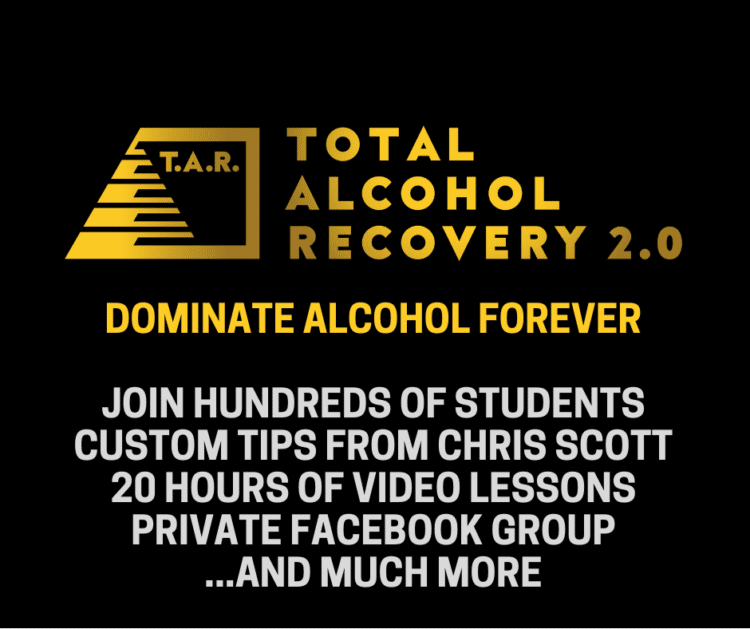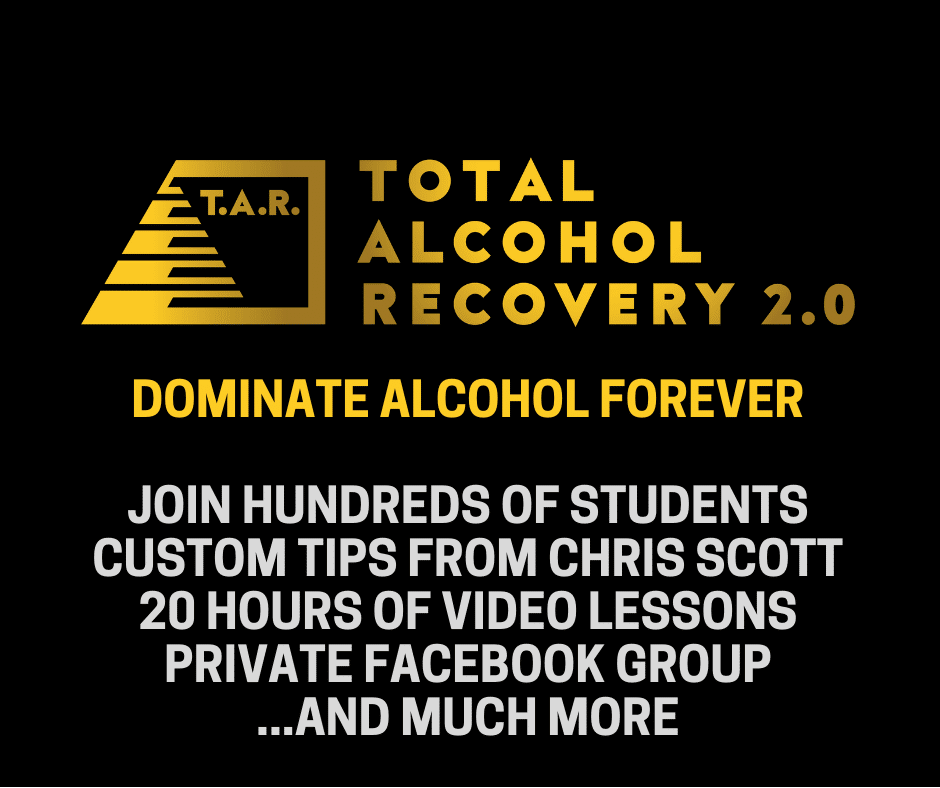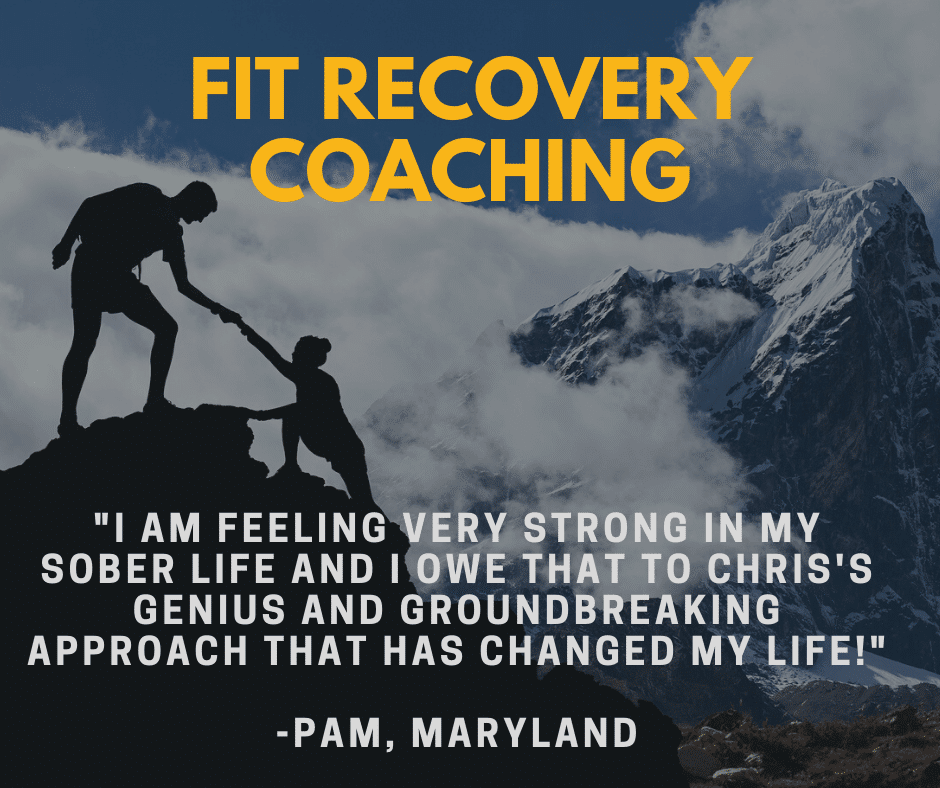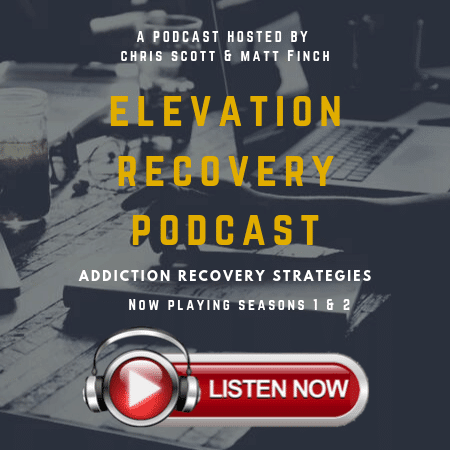A few days ago, I watched a new interview with Charlie Sheen on the Knockin’ Doorz Down recovery podcast. Charlie Sheen was one of my favorite actors when I was growing up. I probably watched Major League more than 25 times and never got sick of it.
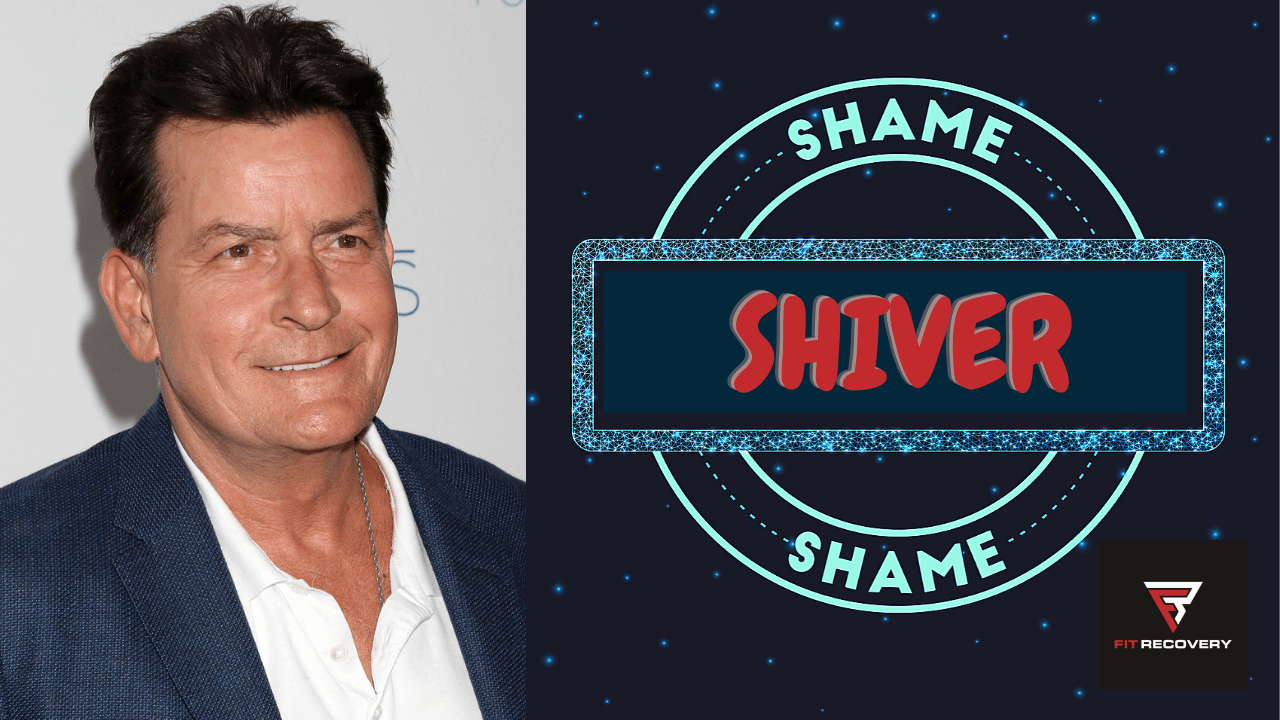
In this article, you’re going to learn about a powerful Relapse Prevention Technique (RPT) for early recovery which Charlie Sheen uses as one of his tools to stay addiction-free. And if you know anything about Sheen’s past, you might be thinking: “What relapse prevention tactic could possibly work well enough and consistently enough to keep the Winning-Tiger-Blood-Man away from booze and blow?”
This is an understandable question and a fair one. Yet… I went to school for alcohol and drug counseling, achieved certification, worked in the field for years, transitioned to private practice addiction coaching 7 years ago, have been learning and teaching the topics of addiction recovery and relapse prevention for 9 years, and I have to say that:
“Sheen’s relapse prevention tool is super-legit and based on human behavior, neuroscience, and psychology.”
I’ve also used a customized version of Sheen’s anti-relapse technique in my own life (discussed later), and in my opinion, it should be utilized by most individuals in early recovery, as properly executed it can quickly dissolve urges to use substances you’ve previously committed to abstaining from.
I’m going to assist you to identify the benefits of Sheen’s RPT, break down the mechanics so you know the 3-step process to utilize and benefit from it in your own life, and help you discover where it fits into your Early Recovery Plan (ERP).
So buckle up and fasten your seatbelt…
From Fame to Shame
Never in my wildest dreams could I have imagined that the Wallstreet costar I watched in the 1980s as a kid would be teaching me relapse prevention three decades later (from a small handheld super-computer phone). But that day has come, and for me, this is truly worthy of journalism.
After seeing Charlie Sheen in so many movies I enjoyed and crushing it in the acting profession (along with his father and brother), eventually, I began seeing him in the tabloids for alleged issues with substance abuse, drug abuse, domestic violence, and other taboo behaviors (some of which were criminal behaviors).
Dealing with an addiction is hard enough for people that aren’t famous, but imagine the enormous additional stress from being addicted and trying to get unaddicted while the mainstream media is profiting off your health issue by slandering your name repeatedly, day after day, week after week, month after month to boost their livelihood at your expense (they did it to Sheen and so many others). And back then, there was a much higher stigma with addiction and there was a lot more shaming of ‘addicts’ – a term I loathe, and it’s not accurate, as:
Addiction is a health disorder, not an identity.
Nowadays, the stigma is still around but it has lessened thanks to massive efforts by countless individuals, groups, institutions, and organizations over the span of many decades.
According to Sheen, he was a ‘people pleaser.’ His loved ones would ask him to go to rehab and he would do it… for them. And of course, since he was doing it for them (and not him), it’s no wonder why he continued returning to alcohol and/or drugs after periods of sobriety.
His loved ones and circle of influence would have some leverage to get him into substance rehabilitation treatment, however, without self-motivation to quit and stay sober, this is often not conducive to lasting recovery from addiction.
Sometimes going to rehab to please others actually works.
Unfortunately, it usually fails… abysmally.
I remember when Charlie Sheen starred alongside Jon Cryer in Two and a Half Men (which I loved). But eventually, he was removed from the show, replaced with Ashton Kutcher… and that was the last I ever heard of Sheen and the last I ever watched Two and a Half Men (sorry, Ashton).
So I was thrilled to see Charlie Sheen on a recovery podcast! He was looking healthy and sharing key insights into his own addiction and recovery.
My biggest takeaway from the interview was a relapse prevention tactic that Sheen uses whenever he gets the urge to drink or use drugs.
Sheen calls it the ‘Shame Shiver.’
The Shame Shiver is easy to use, powerful, and when executed efficiently, this simple technique can often evaporate an individual’s urge to drink, take drugs, gamble, binge-shop, binge-eat, engage in risky sexual behavior, etc.
However, before I cover the mechanics of this technique, I feel it’s important to ‘Frame’ some of the main obstacles that are typically encountered in early recovery, as doing so will assist you to identify where the Shame Shiver fits into your overall recovery capital (discussed later).
A Brief Frame of Early Recovery Obstacles and Pitfalls
For most of us, the first couple of years after quitting drinking and/or drugs can be trying to say the least, especially for individuals that have endured long and severe cases of substance use disorder (SUD).
Additionally, a significant number of people in this early recovery phase have co-occurring disorders such as:
- Social anxiety disorder (SAD)
- Generalized anxiety disorder (GAD)
- Bipolar spectrum disorder (BSD)
- Major depressive disorder (MDD)
- Posttraumatic stress disorder (PTSD)
- Chronic fatigue syndrome (CFS)
- Attention-deficit/hyperactivity disorder (ADHD)
- Chronic Pain
- Fibromyalgia
- Or one of the many others
For individuals with one or more co-occurring disorders, early recovery is often tricky.
Having to withstand and outlast post-acute withdrawal symptoms (for weeks to months or longer) — and then stubborn neural pathways of addiction that won’t fade away fast enough (months or years) — is often the most difficult challenge an individual will face in their lifetime.
This is often more testing with co-occurring disorders — especially if the person has not found an adaptive (vs mal-adaptive) coping tool for managing their anxiety, depression, chronic fatigue syndrome, ADHD, panic disorder, borderline personality disorder, or back pain, for example.
In my own experience, the mental issues that plagued me were often my reason for consuming alcohol or administering drugs.
Sure, when I was younger I was drinking and taking drugs to get high with friends or as a remedy for boredom, but it wasn’t long before most of my substance use centered around self-medicating my chronic anxiety, intermittent depression, trauma, and general fear of life and people.
I’ve worked with hundreds of clients that got addicted to pain pills simply by taking them in the way their doctor prescribed, and some of these folks have told me they have no anxiety disorder, no depressive disorder, literally no psychological issues whatsoever.
In these cases, if they no longer have significant pain issues, detoxing from opioid analgesics and staying opioid-free is often a more straightforward process than it is for individuals that have an anxiety disorder, posttraumatic stress disorder, or bipolar spectrum disorder, or another co-occurring disorder, for example.
In early recovery, stress is often the number one slip or relapse trigger:
- Work stress
- Relationship stress
- Financial stress
- Stress from politics
- Covid stress
- Single-parenting stress
- Domestic duty stress
- Automotive repair stress
- Dental work stress
- Health issue stress
- Bills
- Emails
- Phone calls
- Errands
- Chores
- Appointments
- Responsibilities
- Commitments
The list goes on and on for many of us. However, while our brains are innately resilient, addiction can rewire the brain in a plethora of devastating ways that are chronic, debilitating, and free-will-depleting (especially in cases of severe and long-term SUD).
Fortunately, with an effective, individualized, and holistic treatment plan combined with commitment, diligence, patience, consistency, self-compassion, and resilience, a person can successfully heal their brain, body, mind, and soul over time using a blend of integrative strategies like therapeutic counseling, recovery coaching, a strong support system, nutrigenomics, epigenetics, neuroplasticity, and much more (the latter two of which are some fascinating new areas of research that are helping people recover from addiction and other health issues at elevated rates).
Chris Scott’s Total Alcohol Recovery 2.0 program, for example, strategically guides its members step-by-step on how to break free of the alcohol-addiction-cycle using the Hierarchy Of Alcohol Recovery and all of the above-mentioned strategies (as well as many others).
It would be an anomaly if someone went to a mainstream residential rehab program and learned how to properly harness the power of nutrigenomics (customized diet, exercise, supplements, and other health habits) to rebalance the chronically-dysfunctioning addicted-brain.
These concepts simply aren’t taught in mainstream recovery programs, which is sad because from what my colleagues and I have witnessed, recovery rates skyrocket when you correct the severe neurotransmitter imbalances and other chronic brain dysfunctions that prolonged use of addictive chemicals either caused… or exacerbated.
Enter the Shame Shiver
The Shame Shiver is simple enough to use, and learning why it works as well as how to use it can provide a valuable asset to your recovery capital. In early recovery and beyond, the more recovery capital you have, the better.
Recovery capital is the depth and breadth of internal and external resources that can be used by an individual to initiate and sustain recovery (or wellness) from addiction.
Here are some examples of recovery assets (resources) that build recovery capital:
The Shame Shiver falls under the psychological category of recovery resources. Charlie Sheen says that any time he gets an urge to use addictive substances he has sworn off, he activates the Shame Shiver.
Here is the 3-step framework of Charlie Sheen’s Shame Shiver process:
- A thought, impulse, or urge to use occurs
- He notices the urge, yet instead of giving in to it and compulsively acting on it as he often did in the past, he shifts focus from negative thinking and fantasizing about using to feeling gratitude for everything good in his life
- To systematically and quickly deactivate the craving or urge or thought to use, Sheen transports his consciousness into his mental movie theater and plays a series of three montages. These montages are the three most shameful events from his addiction. These mental reruns are so realistic Sheen says they cause him to shiver with shame (which makes perfect sense, as research has shown that our brains cannot perceive the difference between a real event and something intensely imagined)
In Sheen’s case, those events did take place and he’s simply accessing those memories to access the feelings of shame he knows will help him stay off substances.
I can personally testify to the power of this relapse prevention technique. Although I didn’t use a sequence of three shame-shiver-inducing events, there was one event, however, that was so shame-inducing that it was enough to scare me away from liquor for a little more than one year.
My Experience Using the Shame Shiver
On Independence Day of 2005, I was blacked out by noon at a beach party that was located in my hometown of Ocean Beach in southern California.
The party had a few dozen attendees plus several kegs of beer and bottles of liquor.
I attended a house party the night before, got hammered, snorted cocaine (which canceled the drunkenness), got hammered again, then passed out on my close friend Mark’s couch. And being the textbook binge-drinker that I was in those days, I woke up around 8:00 am, walked across the street to the liquor store, purchased a six-pack of craft beer, walked back to my buddy’s apartment, and started chugging away.
The last thing I remember from that day is arriving at the Independence Day beach party totally hammered and straight-lining it directly to the big bottle of Jack Daniels in my friend Tony’s hand.
What happened after that? According to eyewitnesses (my friends Mark, Scott, Tony, Garret, Bird, and many others), while I was blacked out I slapped several girls’ backsides — and one of those girls had a big badass boyfriend that gave me one warning to STOP.
Thus, when I slapped his girl’s backside a second time, immediately after he warned me not to, he choked me out to unconsciousness (in front of pretty much my entire social circle).
The next morning I woke up on my friend Mark’s couch with a ‘Hangover from Hell.’ I had a mild sunburn, was massively dehydrated, my head was pounding, I had the shakes, and I was suffering from severe low blood sugar from my hypoglycemic condition that binge-drinking exacerbated.
All of that was awful, but the worst part was the neurotic mind fearing that I had done something shameful while I was blacked out.
I often did the worst things of my life while blacked out, after all. An hour later, Mark, who had been a good friend and my host for the past two nights, eventually woke up. The look on his face when he entered the living room invoked a wicked sense of shame within me. Why? Body language is a bigger part of communication than speech. Communication is 93% nonverbal and I read his body language cues loud and clear.
Still, when he sat down to catch me up to speed on The Recent Adventures of Whiskey Finch… my jaw dropped. To make matters worse, I was so sick from binge-drinking that there was no way on earth I was going to work that day. So, I called in sick. My manager and friend, Brittany, got pissed because she knew I had been drinking all day and knew I got choked out, too.
She fired me… and it wasn’t my first or last employment termination brought on by binge-drinking behavior.
Finally, to make this shame-inducing event truly worthy of feeling shame, I also found out that my friend Tony got pissed at my drunken behavior and punched me in the mouth, which chipped a top front tooth and left me with me a souvenir from the shame-inducing event.
For the next 12 months after Independence Day, 2005, any time I wanted to consume alcohol I began to visualize myself running around the beach blacked out drunk and slapping girls’ backsides. Then I would visualize a big jacked guy putting his hands around my neck and lifting me off the ground until I become unconscious (with most of my social circle watching and half of them laughing at me while the other half BEG HIM TO STOP… before he kills me). This is what happened!
Despite the fact that I was blacked out and don’t remember the butt-slapping, face-punching, tooth-chipping, and neck-chocking, it’s amazing how much detail I was able to recreate from the memory of reaching the party, stories of what happened, and my vivid imagination.
The realistic rerun of my poor decisions and their negative consequences was so powerful that I was easily able to remain alcohol-free for one year.
Enter My Stupid, High-Risk Situation
A week or two after my one-year milestone of being alcohol-free, I went on a surfing/camping trip to Mexico with some of my old crew (Mark, Tony, Garret, Bird). Big mistake! Another big mistake was purchasing diazepam (generic Valium) at the Mexican pharmacy!
The first night of the trip I took 40 mg of diazepam in front of the campfire while my friends were getting drunk.
The large dose of sedatives (which made me feel drunk) quickly melted away my inhibitions (including MY FEAR OF ALCOHOL!) — and within almost no time I was rationalizing that “I could drink in Mexico and other countries besides the U.S. and stay off alcohol in the states.”
It sounded like a good idea at the time, but the same day we crossed the border back to San Diego, I was picking up booze and meeting up with my buddy Scott to drink Fat Tire down at the beach.
Another bender followed, of course… they always did.
Fortunately, these days I don’t need to activate shame shivers to stop myself from making poor choices, although, I activated them many times in early recovery and highly recommend the Shame Shiver as an adaptive coping tool and powerful asset for building overall recovery capital (and remember, the more recovery capital a person has the easier it is to initiate and sustain recovery, and hopefully, fully recover from addiction).
Pain-Avoidance Drives Behavior
Everything we do in life is either to avoid pain or gain pleasure (and we will often do much more to avoid pain than we will to gain pleasure). When I was drinking craft beer on the morning of Independence Day, 2005, I was doing it to avoid the pain of the hangover, to numb the pain of my shitty life, to stop the pain of my low blood sugar shakiness and nervousness, and to anesthetize my chronic anxiety, trauma, and general fear of life and people.
The Shame Shiver is a technique that taps directly into the brain software of human behavior via the pain-pleasure principle.
When Charlie Sheen uses the Shame Shiver, his 3 montages invoke so much shame (a form of pain) that he physically shivers. That pain is real and he feels it, associates using substances to causing that pain, and since he links so much pain to drugs and alcohol after doing the Shame Shiver, that pain is enough for him to avoid using drugs and alcohol.
To change any behavior in life, you must associate massive pain to doing the behavior and massive pleasure to abstaining from the behavior. If you link more pleasure to the behavior than pain, it’ll likely be impossible to quit or at least stay quit.
However, if you’re able to rewire your brain permanently to associate MASSIVE PAIN to the behavior (eg drinking) and MASSIVE PLEASURE to the benefits and lifestyle of not engaging in the behavior, you’ll have a much easier time abstaining from that behavior for life.
Here is the formula:
- The behavior you want to abstain from = MASSIVE PAIN
- Not engaging in the behavior = MASSIVE PLEASURE
Pro-Tip: The best neuro-associations for abstaining from a behavior are to link a 10/10 pain to the behavior and a 10/10 pleasure to staying clear of the behavior. The worst neuro-associations would be a 0/10 pain linked to the behavior and a 10/10 pleasure associated with it.
Shame Can Be a Trigger or Safety Switch
Shame can act as a trigger for many individuals to use alcohol and/or drugs (to numb the pain of shame). Shame is a painful feeling of humiliation or distress caused by the consciousness of wrong or foolish behavior.
In my 41 years on this planet, the worst agony I’ve felt is opioid withdrawal and the second-worst I’ve felt is SHAME from things I did drunk or loaded.
I would often numb the pain of my shame with addictive substances, promiscuity, television, video games, cookies, brownies, ice cream, pornography, and many other forms of numbing/escapism.
However, Sheen teaches us that shame goes both ways, and he has learned how to activate deep feelings of shame at will, then link the negative feeling-state to using booze, blow, and other drugs, which helps him to avoid relapse (and thus avoids Future Shame).
My final shame-shiver-inducing event was a little more than 9 years ago. I overdosed on a combination of high-dose methadone and high-dose Valium, an absolutely deadly combination.
To make a long story short… My life was miraculously saved at the last minute by the fast action efforts of my mother, father, and the EMTs, then by my compassionate and highly skilled nurses and doctors at Scripps Mercy Hospital-San Diego. The Deep Shame of knowing that I almost left Willow, my little daughter that was not even two years old yet, without a father for the rest of her life, sunk in and stayed there.
I realized that 99% of my previous decisions and behaviors from addiction were selfish.
The end result of my selfishness was almost leaving Willow without a dad to raise her. Fuck… THAT. Fortunately, the shame of knowing that I almost left her fatherless for life was the final shame-shiver-inducing event that motivated me to do whatever it takes to get healthy, however difficult that might be. I decided right then and there that I would piece myself back together and then become a healthy, strong, grounded, fit, resilient, balanced, confident, and disciplined man that could navigate the challenges of life adaptively and easily remain addiction-free… permanently.
Thus, as J.K. Rowling has said: “And so rock bottom became the solid foundation on which I rebuilt my life.”
Conclusion
If you’re a fan like me… then you’re on cloud nine to see Charlie Sheen sober and doing well. If you’re not a fan or can’t forgive his past transgressions, I understand. I’ve done so many things in my own past addiction that were so shame-inducing that I have no right to judge. One of the things many clients have mentioned consistently over the years is that they love how they can tell me anything and I won’t judge.
Only a person that has been afflicted with addiction can fully understand what it’s like to have a brain that says GO GO GO and rarely tells you to stop. This is the result of drugs and/or alcohol hijacking the midbrain (survival-based) and eroding the function of the prefrontal cortex (higher-reasoning/decision-making).
These two issues alone can make alcohol use disorder (AUD) or drug addiction feel like driving a car without brakes. You might want to stop — yet with no brakes — or damaged brakes (eroded prefrontal cortex) — it’s not so easy to stop.
Finally, it’s important to note that the Shame Shiver won’t work for everyone. For individuals that haven’t done anything highly shame-invoking, this probably won’t work.
Additionally, it’s not a technique that you want to be dependent on forever. The key is to design a healthy lifestyle and routine and keep making progress in recovery so that eventually, you no longer experience urges, impulses, cravings, or thoughts to use substances or engage in behaviors you’ve committed to abstaining from. But that can take time and consistency.
Luckily, until that day comes, now you have one more asset to build up your overall recovery capital. And remember, the more recovery capital you have, the easier it is to initiate and sustain recovery and hopefully, fully recover from addiction.
If you have any shameful events from your past that were caused by drinking too much or using drugs or another behavior you’ve committed to abstaining from, now you know how to use the Shame Shiver for relapse prevention.
And as far as I’m concerned, when Charlie Sheen stated he was “Winning” he was actually “Losing” (health, credibility, trust, reputation, friends, film roles, dignity, brain cells, teeth, and more). After watching his recent interview on the Knockin’ Doorz Down recovery podcast, it seems to me that Sheen understands this better than anyone.
In the interview, he mentioned that he’d like to get acting roles again because he feels this is his gift to contribute to the world.
I wholeheartedly agree, however, in my opinion, even though he’s not starring in blockbusters or hit shows these days (while his brother Emilio Estevez is starring in the new Mighty Ducks movie by Disney), the fact that he’s addiction-free, staying on that path despite how hard it can be, and even sharing his story on podcasts…
That is True Winning.
What’s Next for Charlie Sheen?
Will we get the privilege of seeing Charlie Sheen in more of these recovery interviews and discussions — as well in a Major League Part 4?
I think the world could benefit from both of those quite a bit, and since his brand new recovery podcast interview already has more than 65,000 views and hundreds of spectacularly positive comments, it’s obvious to me and many others that Charlie Sheen is just what the ‘recovery community’ needs right now, especially after the U.S. overdose death rate spiked from 60,000 to 80,000 in 2020 and rates of all addictions across the board increased at alarming rates.
___________________________________

Author
-
Matt Finch worked as a Certified Substance Abuse Counselor at an outpatient treatment center before founding his own programs for opiate recovery and recovery coach training. Addiction-free from both alcohol and opioids for over 10 years, he has motivated thousands of people to transcend addiction through one-on-one coaching, online courses, and the Elevation Recovery Podcast, which he co-hosts with Chris Scott.
View all posts
